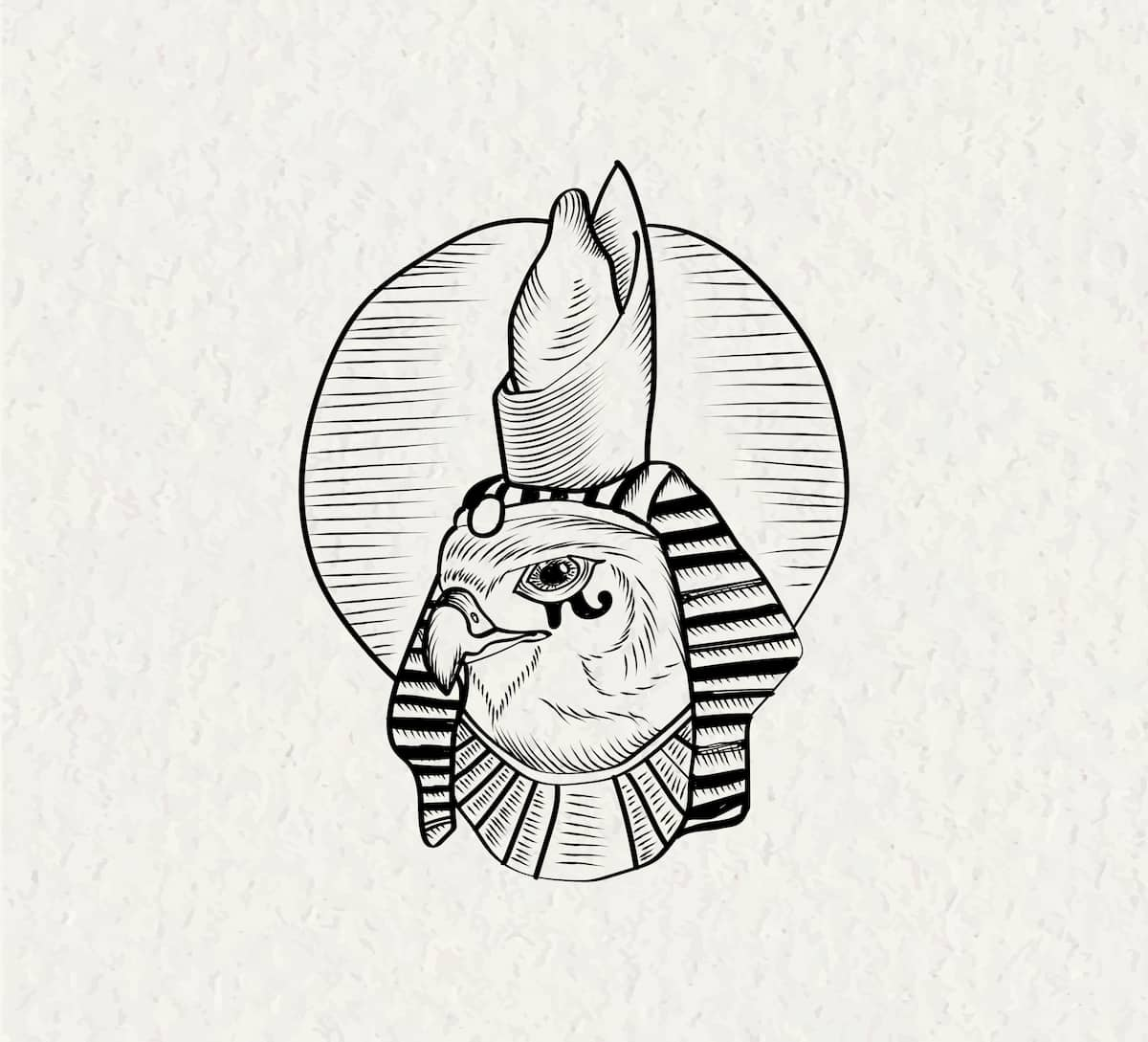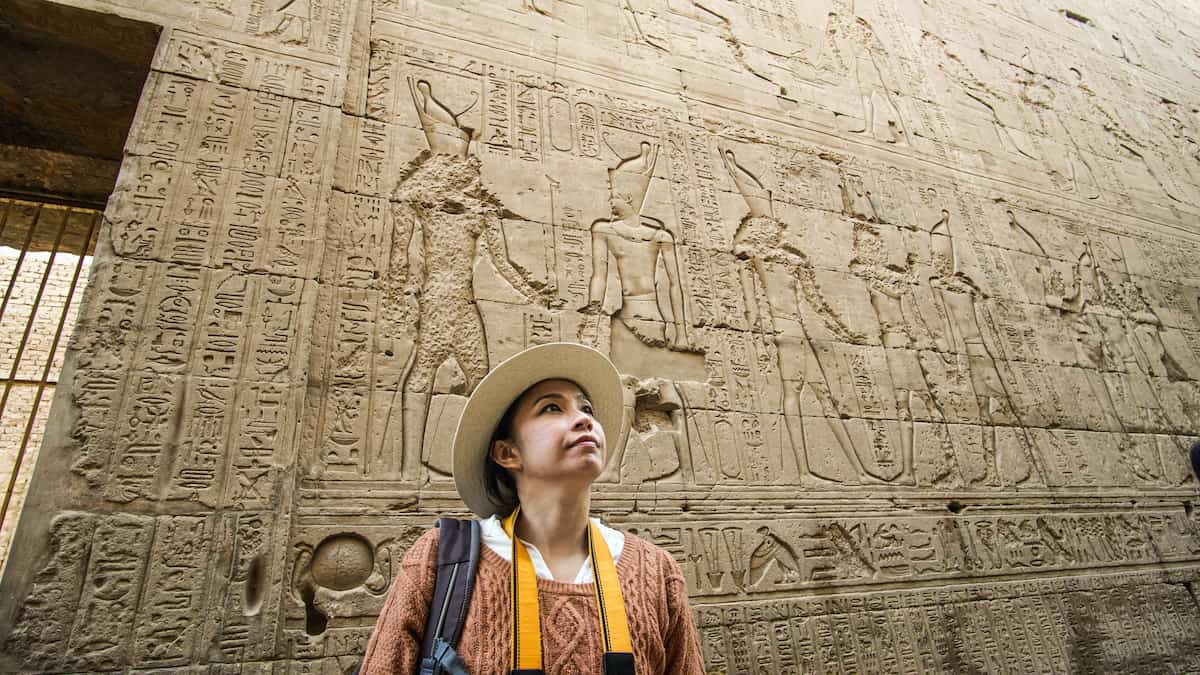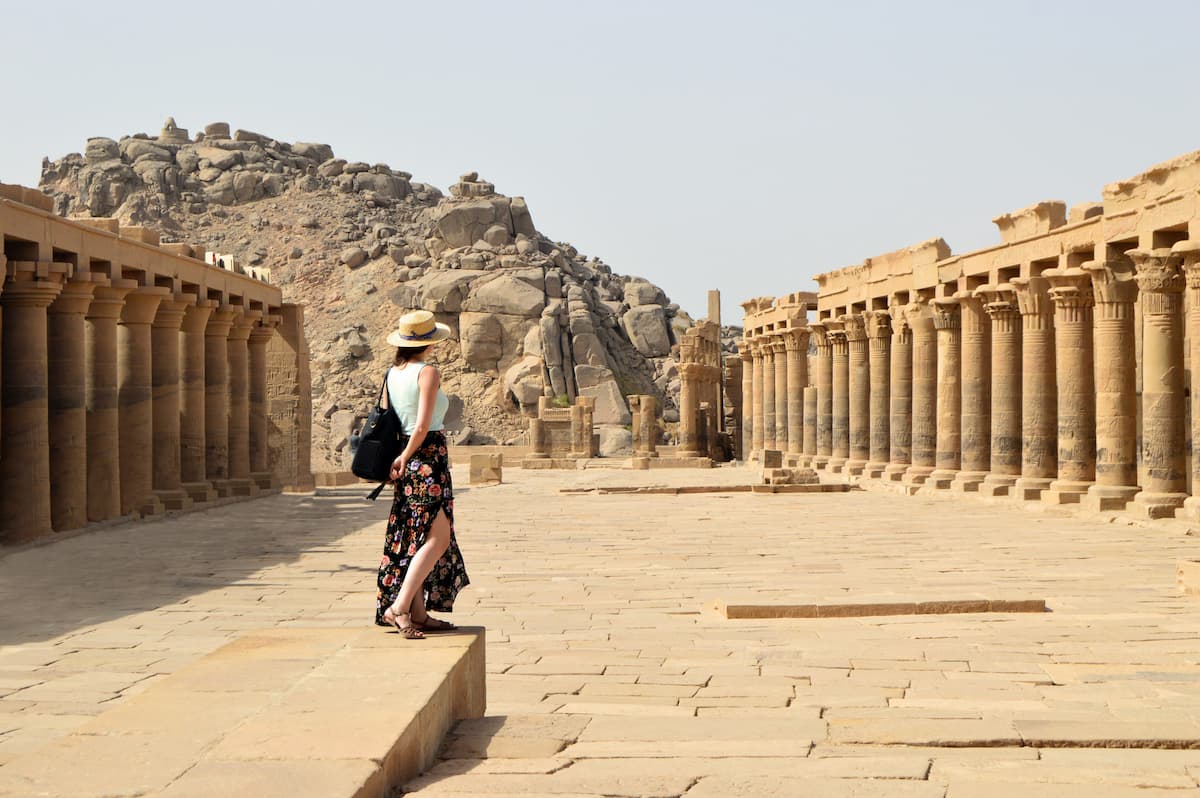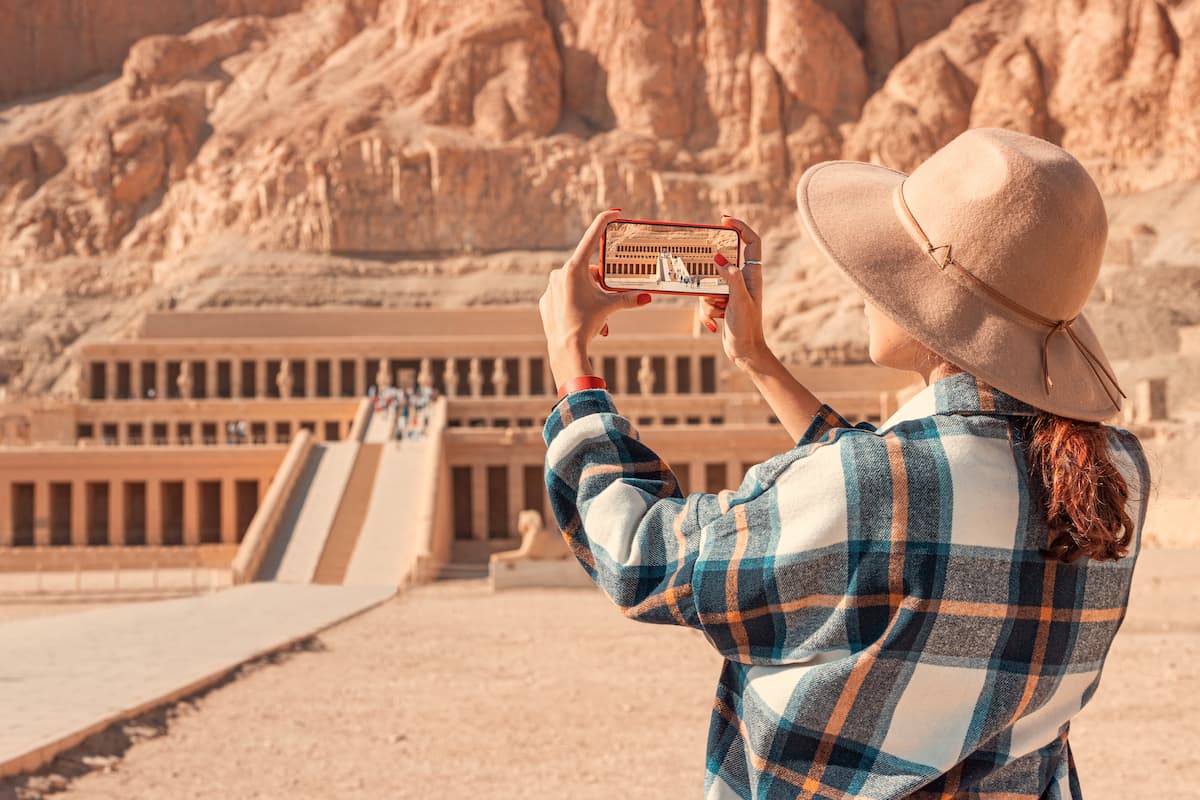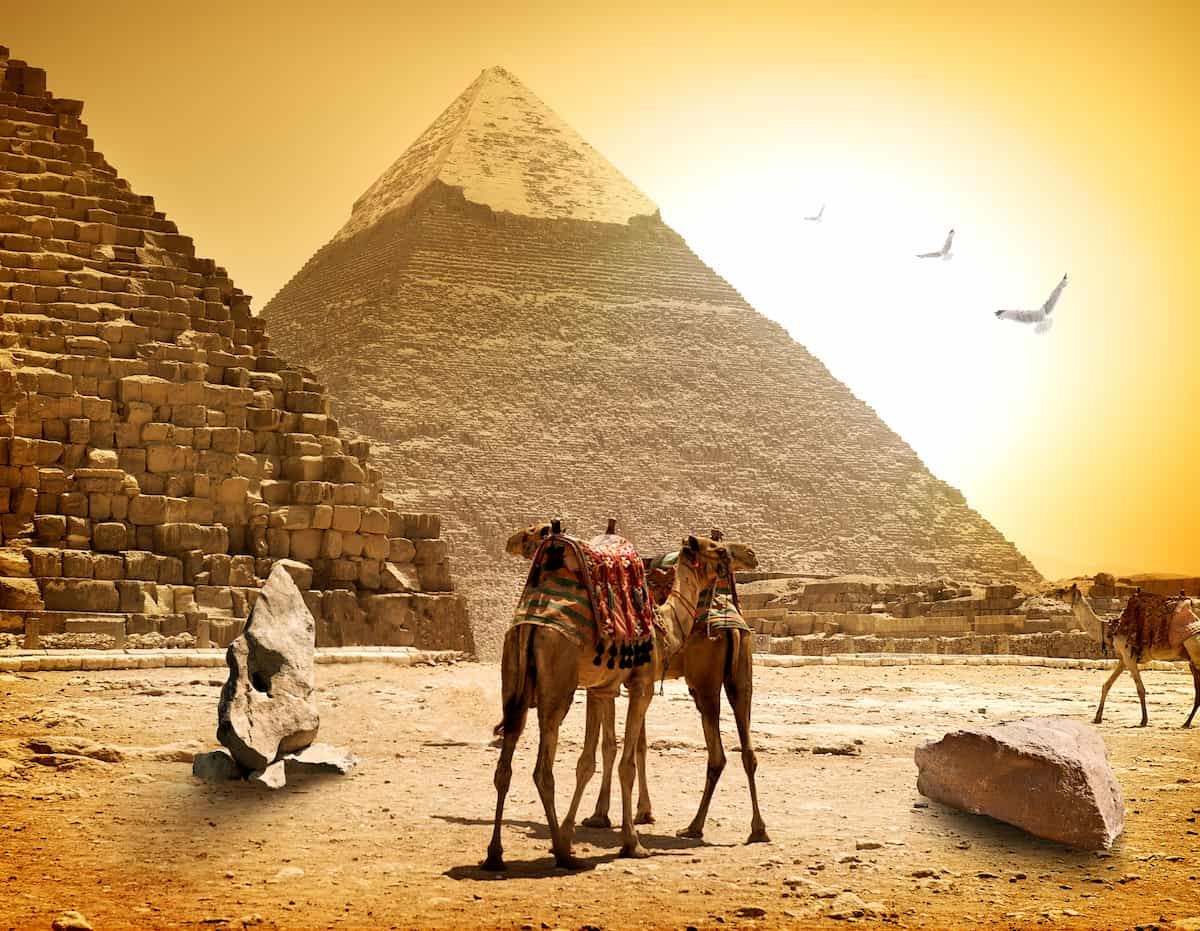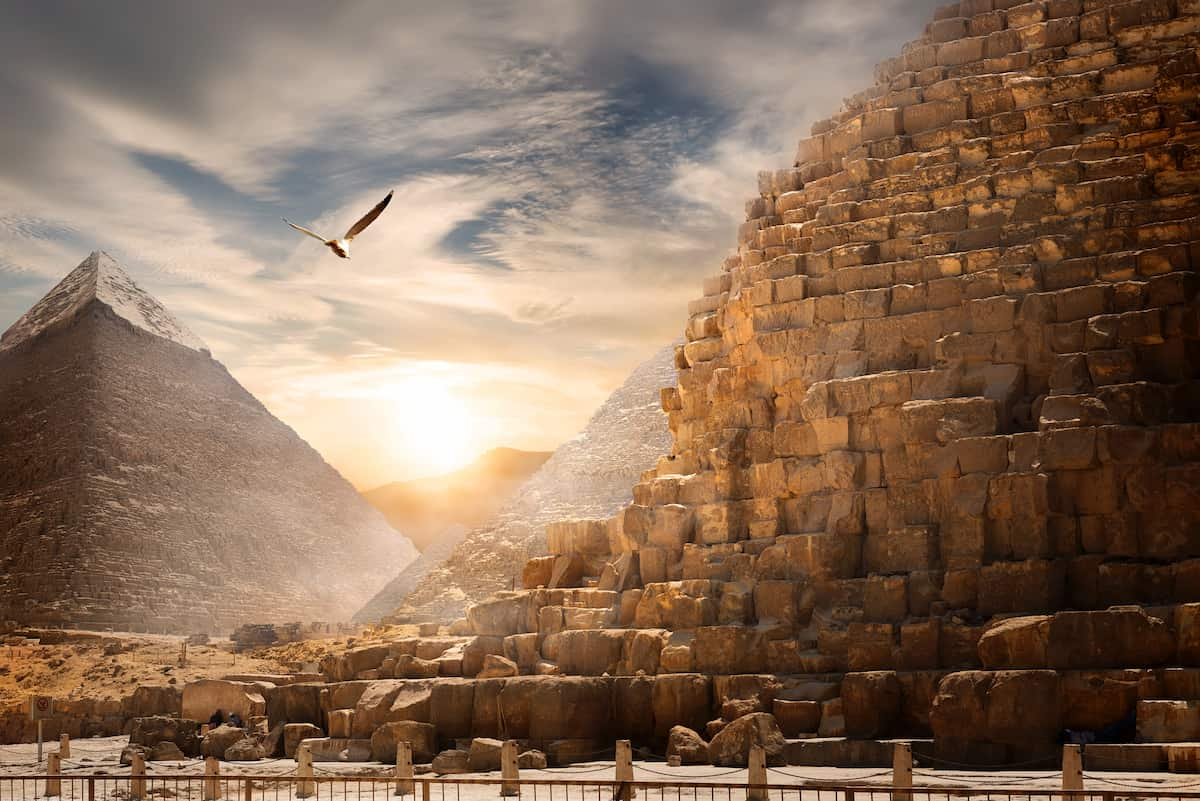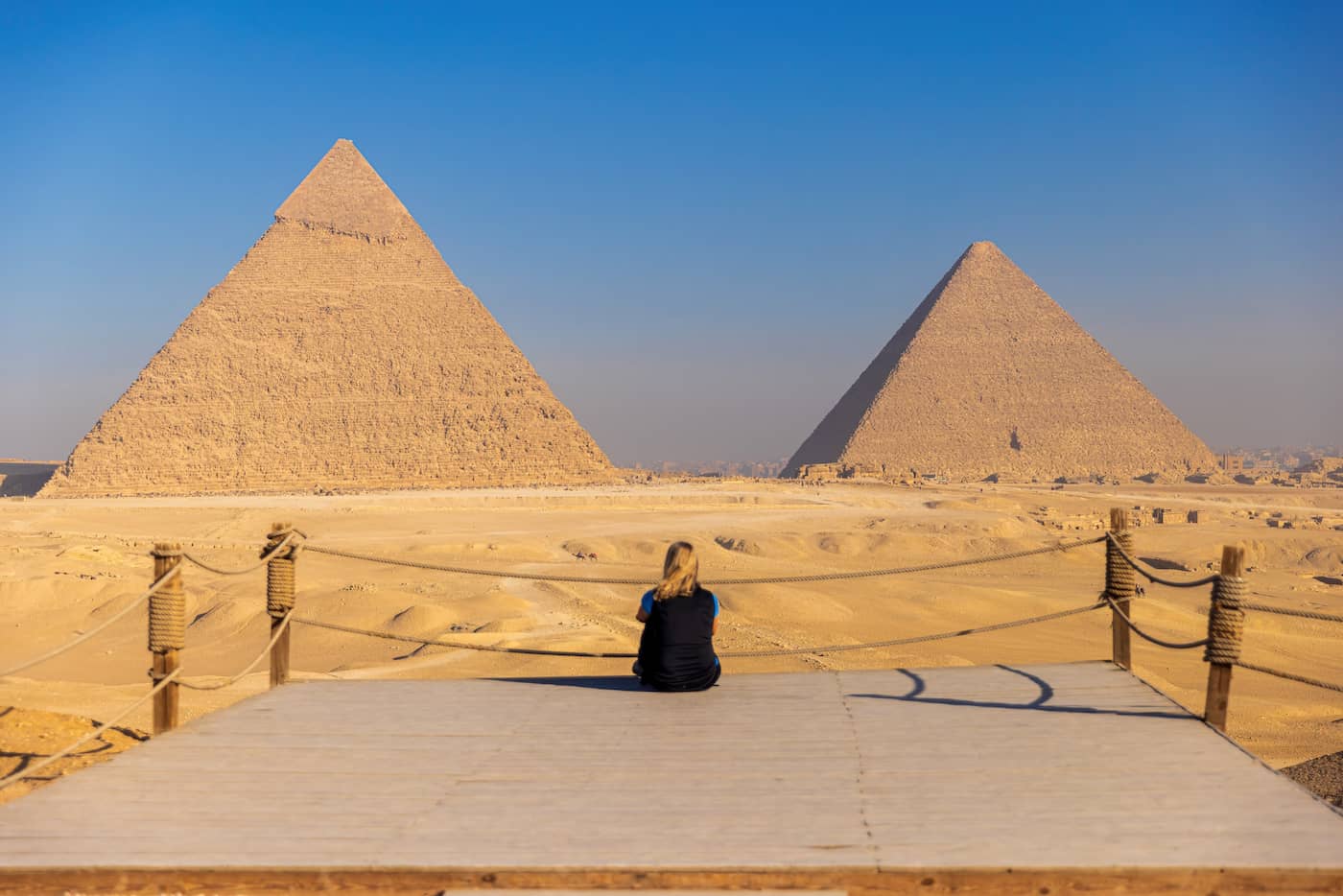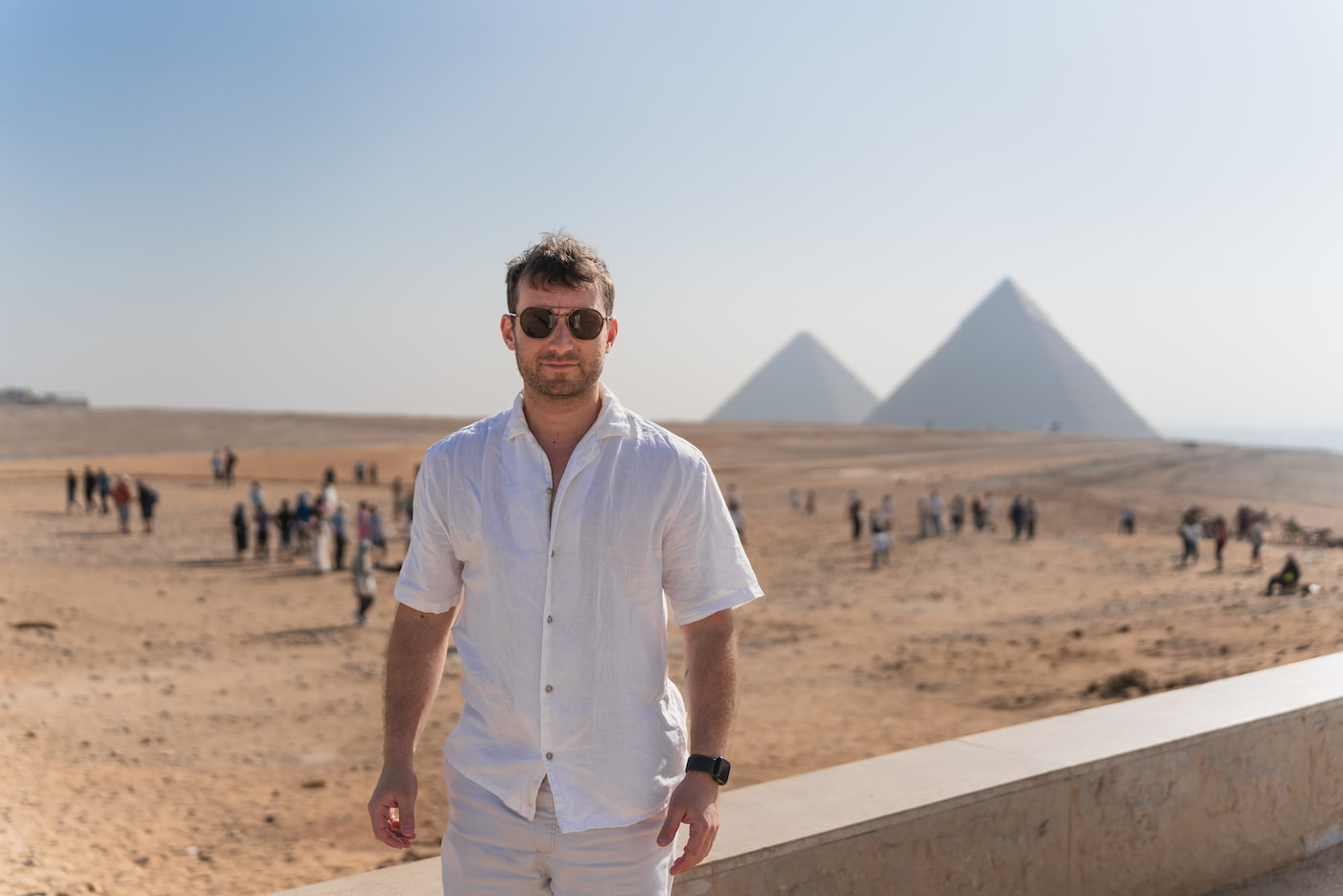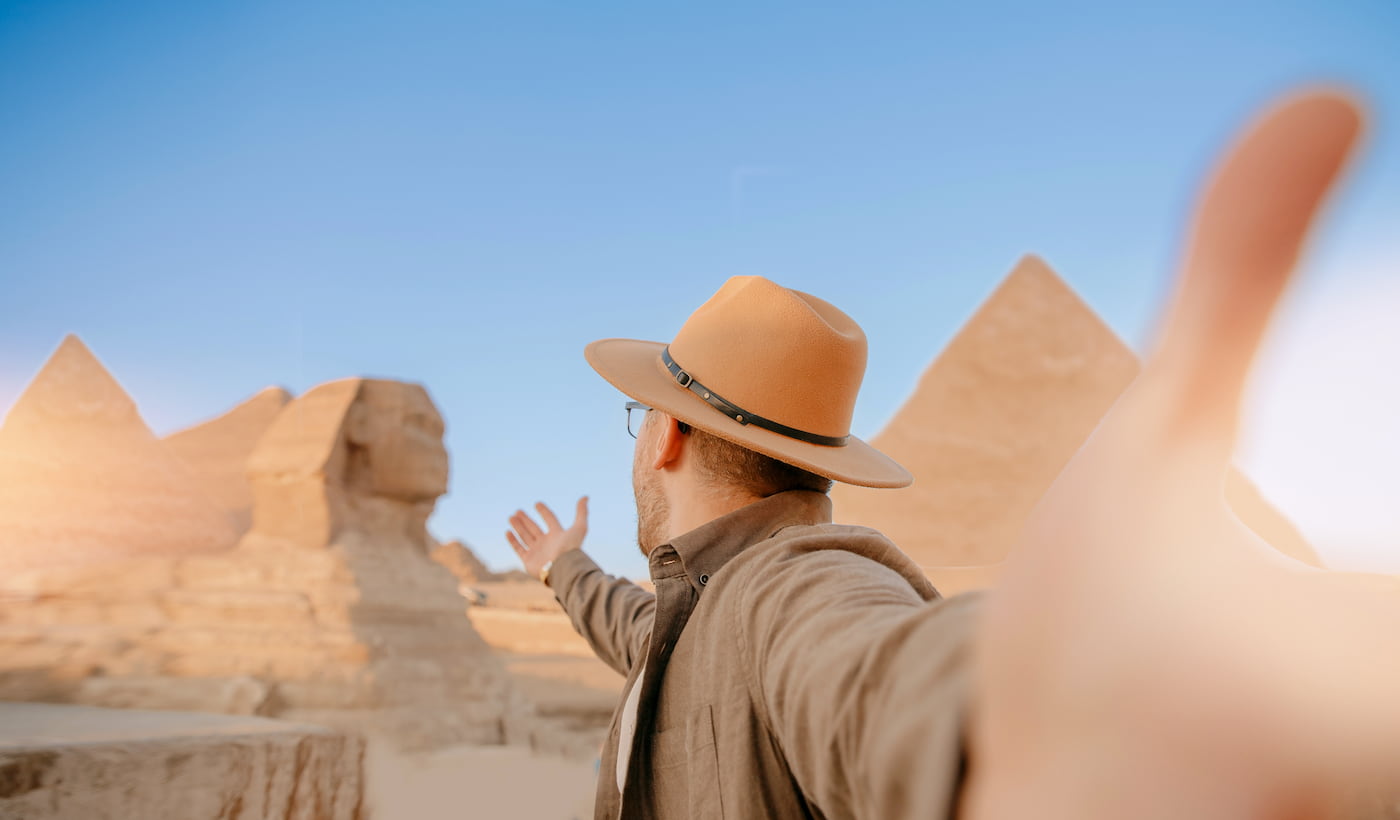Horus Facts In Ancient Times You Should Know About
An important god of early religious worship in ancient Egypt, Horus embodied the forces of the sky and kingship. Since Horus was identified with the skies, he was most often depicted with the shape of a falcon’s head. The ancient Egyptians’ Methodology thought that his right eye was the sun, while the left eye was the moon Eye of Horus, against all norms, is a symbol of healing and protection even today.
In a way, Horus was the son of the two great gods, for Osiris was the god of the afterlife and Isis goddess of magic and motherhood: their father was slain, and his son was born! Horus, for his father, fought with Set for Egypt; and the fight between Horus and Set was not just a quarrel, but a representation of the never-ending battle between order and chaos.
Each ancient Egyptian pharaoh was considered to be the incarnation of Horus on earth. The pharaoh dies and turns into Osiris, whereas his successor would take on the form of Horus; thus continues the cycle of divine kingship. Horus was therefore not just a myth, but the political and religious system upon which the Egyptian state was founded. Hence, the cult of Horus was a very important cult throughout history, and many temples were constructed in honor of Horus, the most famous of which was the Temple of Horus at Edfu. Among his worshippers, he is still considered one of the most famous gods of ancient Egypt.
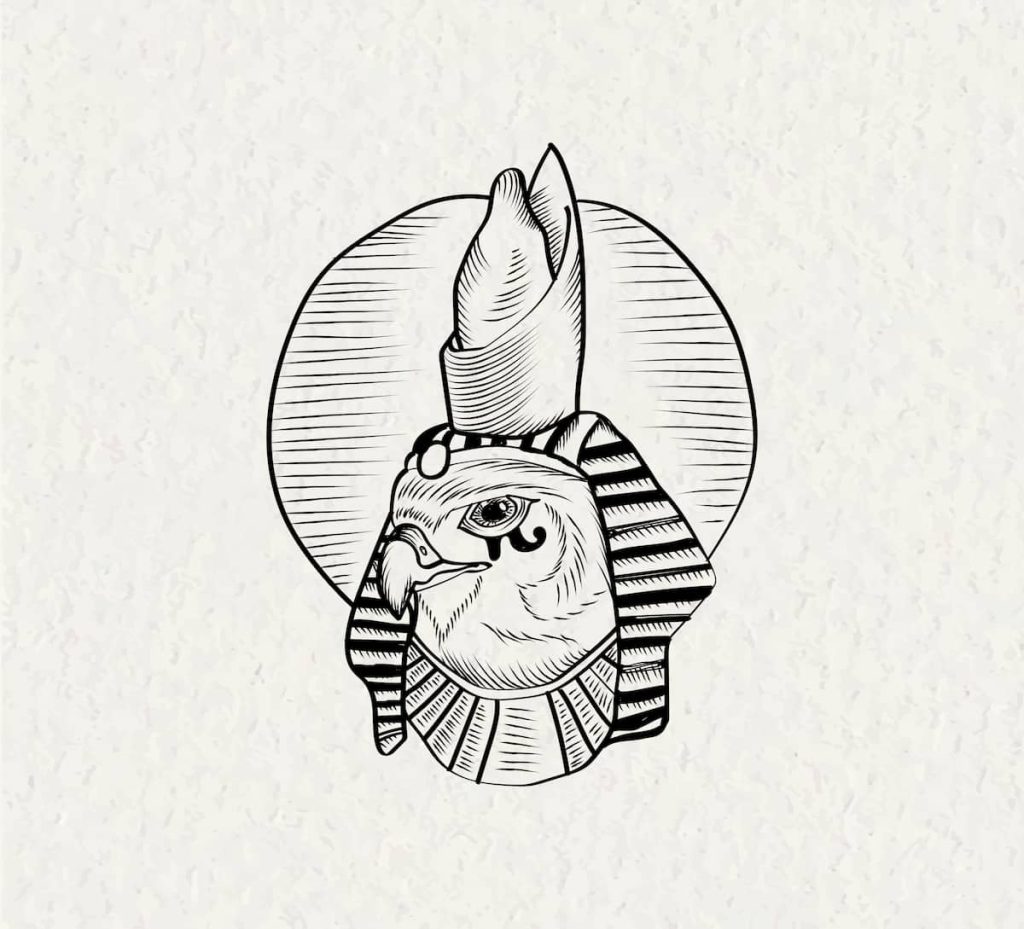
1. Horus Was Born from Magic After His Father’s Death
The power of Horus is an intriguing one, and this is in respect to the circumstances that surrounded his birth. He was unlike most other gods in existence, and that is concerning the peace and prosperity that he was born into that is because much chaos and grief were around in the situation in which he was born. His father Osiris, being the ruler and god of the afterlife of Egypt, was cruelly killed by his envious brother Set was willing to get his hands on the throne at all costs. The consequence of that funny arrangement was Set dismembering Osiris’s lifeless body and throwing the mutilated rays across the Nile Valley. Isis, Osiris’ wife of by then a goddess of great powers, decided to stop the already done thing, being death was at the door.
So, using the divine power inherent in her, Isis made a wooden cow and gradually returned the pieces of Osiris’ body in full. Then, she practiced rites and sorcery that rejuvenated his essence and him, for long enough to even generate Horus. This was no ordinary conception but a living proof that life always looms larger than death, in the world of creation and discrimination. The birth of Horus was thus the actualization of a divine prophecy pronounced over his father when he became the future god of vengeance in Egypt.
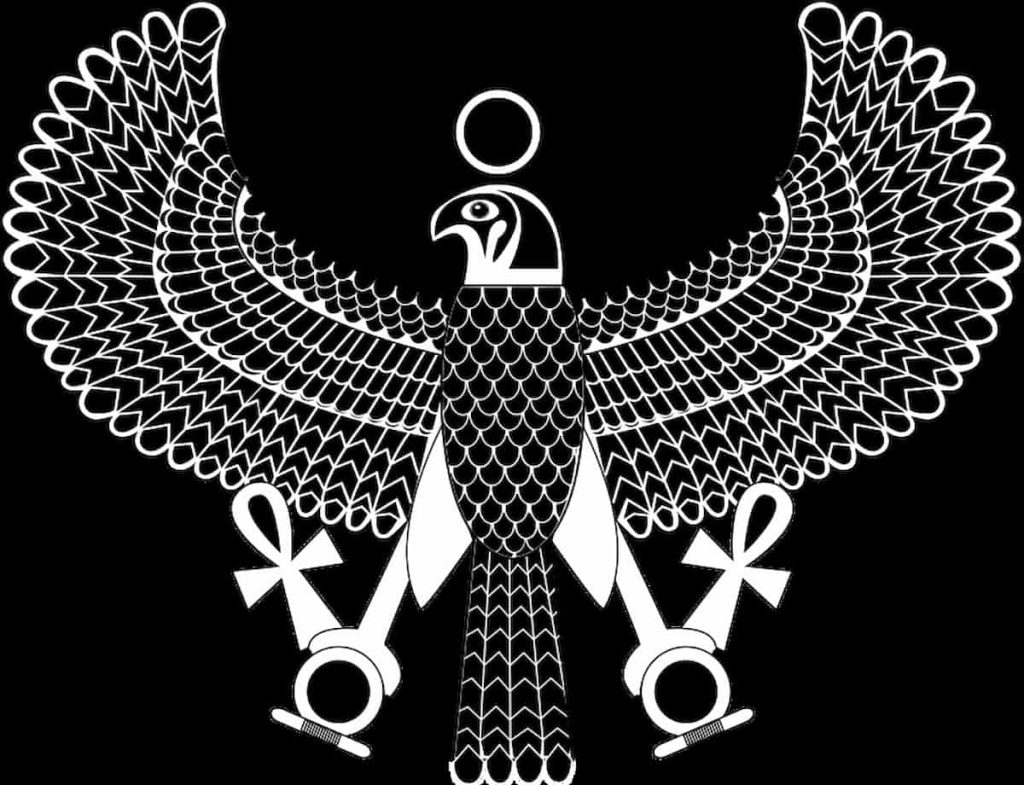
Horus: A Divine Birth Hidden in the Nile Marshes
The word “wrath” is enough to explain why Isis decided to disappear in the reed and papyrus-covered marshes of the Nile Delta and raise Horus there. And those were the first worries of the gods combined with the sacred animals, which helped Horus to grow both in strength and wisdom. More importantly, his arrival and departure narrative grew to become a fundamental pillar of the Egyptian faith and theology, which introduced mechanisms of hope, redemption, and above all, the concept of death, revealing a potential for life every opportunity.
2. The Eye of Horus Was More Than a Symbol; It Was Math, Medicine, and Magic
As far as the People of the Nile are concerned, the Eye of Horus is well known and many people hold it in esteem, much more than a symbol. The History of Horus’s Eye tells us of the god who was said to lose his eye to Seth in the process of avenging his father Osiris. Everyone knew it was the left eye of Horus. Shrug, since as the fight was going horrendously, Thoth was the one to restore it magically. It is no wonder they started to associate the eye with specific functions like regeneration, health.
The Egyptians, however, called the eye the Eye of Wedjat. They believed that the eye was not only useful in the normal world but also in the nether. Its usage, however, was not that straightforward or backward.
Eye of Horus facts was used for other purposes, such as medical studies. This is because the eye was divided into sections, and each of these sections was known as a fraction of the eye. Such fractions had specific functions as they represented some sensory organ, i.e., smell, vision, hearing, taste, and sensing within the body, which resulted in great completeness. This illustrates how the ancient Egyptians combined metaphorical knowledge with physical knowledge in daily activities.
The entire ancient collection of jewelry called Amulet is already dates back at least 3000 B.C. and was observed mostly in the most well-to-do classes. Among other articles, the Eye of Ra was also worn by both male and female citizens and used by the priestesses in serving the god at the Temple. No one wanted to remove it, as they feared what might happen to them. Even to date, the Eye of Horus or the Wedjat Eye is a famous symbol in various parts of the world.
3. Horus Battled Set for Egypt’s Throne in a War That Shaped Mythology
One of the most fascinating incidents in Egyptian ancient traditions is the long-lasting conflict between Horus and Set. When Sutekh killed Osiris and took his place, Horus, a powerful boy from Osiris and Isis, the proper heir of the throne, had no choice but to let his anger lead him to his uncle. Horus and Set, however, were more than just angry cousins. The struggle between Horus and Set became the mythological basis of the cosmos conflict of Egypt between stability and chaos, the right and the wrong.
In their story, events unfolded over a century full of warring armies, deceptions, and the forces of god. At one time, Horus had his eye cut out and disappeared, only for it to be repaired by Thoth of which resulted in the Eye of Horus emblem. Consistent with another narrative, Set Query debased Horus before the assembly of deities. Nevertheless, Horus’s resolve did not weaken; he stood for norms such as respect, honesty, and his father’s memory.
Then there was a comic about the gods holding a tribunal. Trials took place, and of the many that were there, the judges declared Horus to be the king of Egypt. Presumably, Set had either been exiled to the desert or begged the new title: the lord of chaos. In addition to promoting the image of Horus as a defender of the other and the rest, this tale also articulated the ancient principle that past pharaohs carried out the task and preserved Maat, the cosmic order and justice.
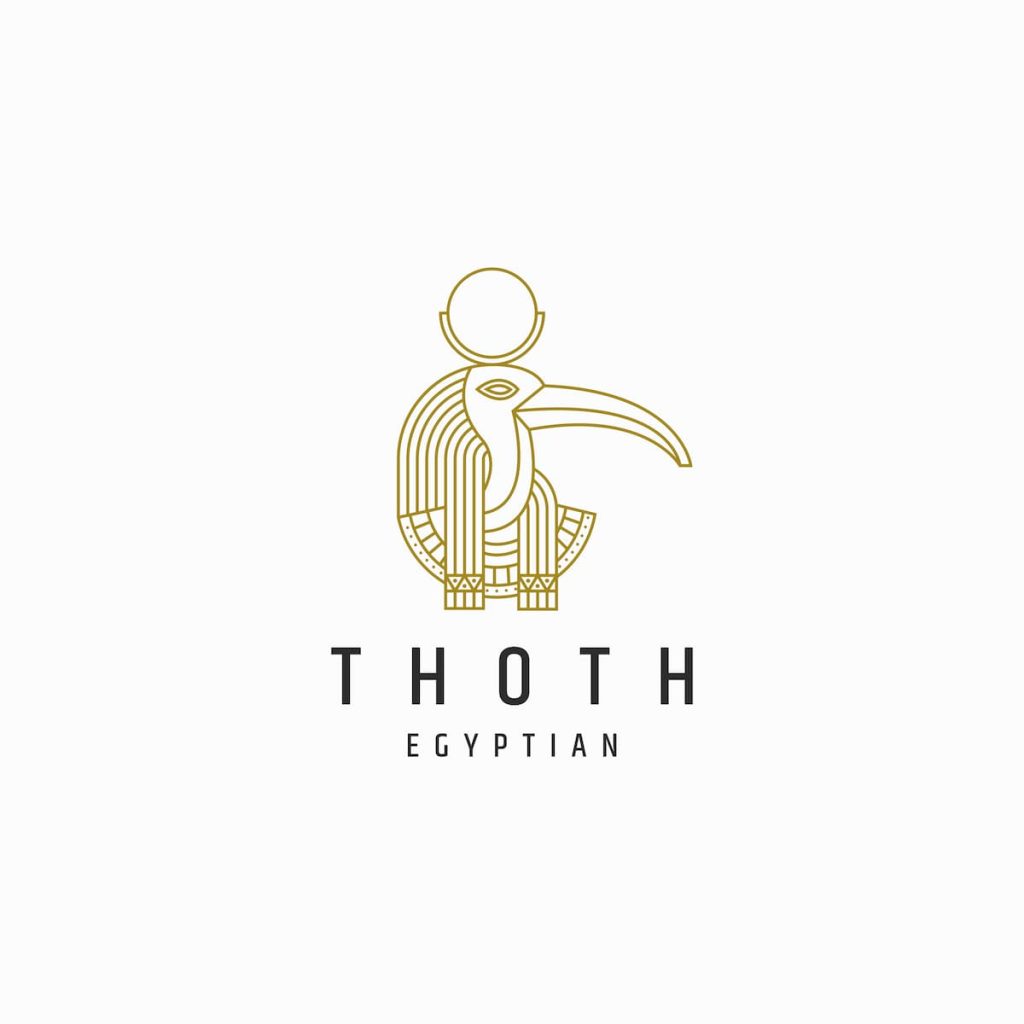
4. Every Pharaoh Was Considered a Living Horus
Horus fact has been a cause for admiration due to his connection with the authority of the rulers of Egypt. The pharaoh in times of old was not merely the political chief but, in essence, the physical Horus. The title of “Living Horus” became applicable the moment one Zeus ascended to the throne, spelling out that the reign was based on authority, not just lineage. This afforded every pharaoh with an almost holy duty as he or she was to maintain the order of Ma’at and keep a connection between the gods and the public.
The Horus title was not just a meaningless word inscribed on the walls of the temples, written in the royal cartouche, or publicly declared during official business presentations. It was a seal of not only credibility but also an assurance that the above is where Egypt got its mandates. Horus was not always up in the skies; he was on this Earth living in the pharaoh’s every word, in every inch of their actions, and most especially, in the justice they dispensed, implying that kingship came with devotion to the position and not just to the throne.
5. He Was Depicted as a Falcon-Headed Man with Royal Power
Horus is one of the most recognizable deities in Egyptian mythology, and it is due to his powerful and stunning figure, which has made the god stand out. He is commonly presented as a man with a falcon head, sharp-eyed enough, strong, and flying in itself. On occasions, he is represented as a complete falcon flying in the sky, portraying the identity of a sky god. His right eye, most often claimed as the Sun, the Moon, on praised for his left one; thus, implying that he remains vigilant over every part of the Egyptian territory day and night.
Accompanying such a relief, when the eyes of Horus are mentioned, beneath the hawk head, within his artwork, figures are represented as the blazing yellow of the sun and the cool blue of the celestial body. The devotion of the ancient Egyptians to Horus dictated that he would safeguard them against evil. In the majority of the images found representing the god Horus, he would be standing.
Horus notably features the Pschent, a royal headdress combining the white crown of Upper Egypt and the red crown of Lower Egypt. The significance of this crown is that it indicates the power of Horus in the united land and sovereignty over both areas. Horus’ attitude in art is positional; rigid, composed, and imperia, making obvious his relation with or the authority over human kings and the cosmic order respectively. One of Horus’ facts
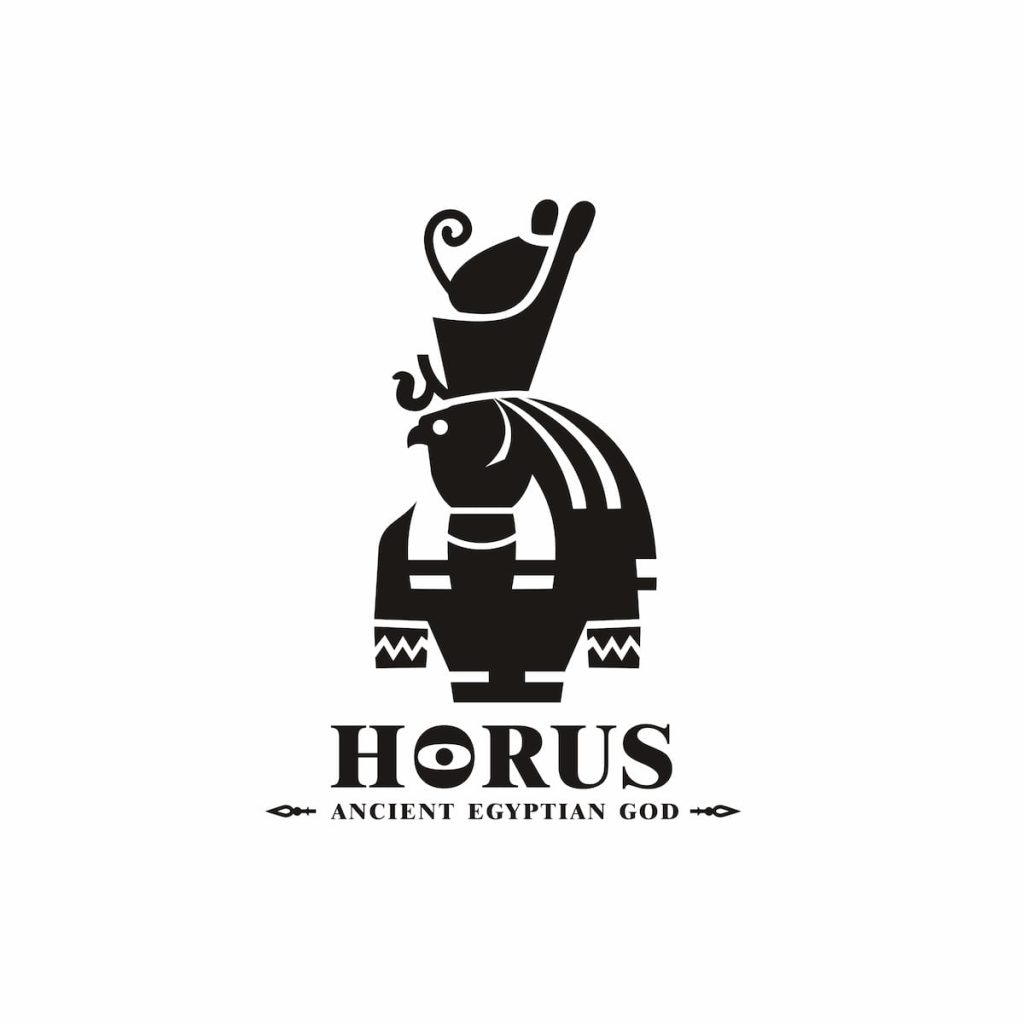
6. Horus Had Multiple Forms and Origin Stories
One of Horus’ Facts is that there is no clear understanding about being united under the name of Horus, who was the protector of power and the most important god who represented power; Horus was a god that had many forms, all of which represented different ideas and purposes, such as Gods, kings, and heavenly protectors. One of them emerged initially and was recognized as Horus the Elder, the primordial sky god who was born by the sky goddess Nut and the earth god Geb. In this version, it was the vast sky that was covered with the sun and moon, and his eyes were those of the world.
Another best-known form came later, Horus the child, son of Osiris and Isis. This Horus obtained revenge over Set for the death of his father. Nonetheless, Horus was present as Horus the Child, and the Greeks called him Harpocrates. He was also incarnated as a young boy with his finger on his lips, signifying tranquility, muteness, and cure. Devoid of a doubt, women across ancient Egypt prayed to Horus to save their children from disease and any other harmful things.
His stories of origins were so multiform that they depended on the region used. Some of the myths even state that Horus himself was born of Hathor, or came out of the egg that belonged to Ra. Such diversity made Horus accessible to worship by everyone, and in every city in Egypt. Horus, in whichever shape he took, a protector, a villain, or even a cosmic ruler, was the enemy of the Osiris religion and indicated how gods evolved with the society and the worldview of the people.
7. Temples Dedicated to Horus Were Built Across Egypt
The status of Horus in Egypt made him a major deity. This resulted in temples built by Egyptians for the worship of Horus. However, these temples were not just places of worship but rather had several functions, including those of political, social, and cultural significance; all of which aimed to contribute positively to the running of the cosmos within Egypt.
While Many Other Temples Were Constructed
While many other such temples were constructed in the name of Horus, the temple of Horus located in the town of Edfu in Upper Egypt is, by all standards, the most renowned. Also known as the Temple of Edfu, the construction works of the Temple of Horus began during the reign of the Ptolemies in Egypt. The temple is well preserved, and its wall decorations and inscriptions have the clear relief forms that tell the myths of Horus defeating Set, his coronation, and his appointment as the protector of the king.
The other important site was Behbeit el-Hagar in Lower Egypt in the Nile Delta region. The temple was made of granite as opposed to sandstone and was seen as a remarkable and dominant place for Horus worship in Lower Egypt. These two specific places, Edfu in the south and Behbeit in the north, represent the two areas of ‘Upper’ and ‘Lower’ Egypt that Horus was supposed to unify.
Intended primarily as spiritual and religious structures, these temples were also places where a number of cultural practices, such as festivals, sacrifices, royal rites, and horse racing, took place. Each year, during the Victory Festival, plays showing the defeat of Set by Horus would complete the day’s activities, thereby emphasizing his divine connection to the concept of Ma’at, the Goddess of Justice. The Horus temples were visual demonstrations of Egypt’s divine right to exist as well as of the temples’ lasting order, religious and secular.
8. The Cult of Horus Influenced Politics, Religion, and Family Life
While it’s true that Horus is a widely popular entity in myths, his being a feature in that myth did not limit his influence to the ancient society the Egyptians lived. The priesthood of Horus had its tentacles in various disciplines such as politics and family structures. The pharaoh also consolidated power by the mere fact that he was “The Living Horus”. The kings ascended the throne not only by the rule in the bloodline, but also by the grace of god. Her coronation equally had a good deal of dramatization in regard to the defeat of Set by Horus, convincing the subjects that the rule was of heavenly justice.
Horus also played a big role in their faith by serving as the defender of Ma’at, the concept of order, and building the world in the right order. People and practitioners cited Horus in some temples and the court palaces, and also in purification ceremonies. People’s children were also prayed upon, and sometimes charms and idols made of Horus the Child would be kept. His image was therefore all over, from the temple to the household, creating a very strong bridge between the state and the individual religion.
Ethics of Horus
Horus also served as the role of ethics during the past era. The model son Horus, who believes godly heavenly father, fights for balance, harmony, and ultimately succeeds, served as a symbol of endurance and justice. Whichever the institution of royal power or the settlement of the individual family in the village, the aegis of divine prominence had always been found in Horus. His religion structured the basic principles of welcoming two countering customs found in Egyptian society.

